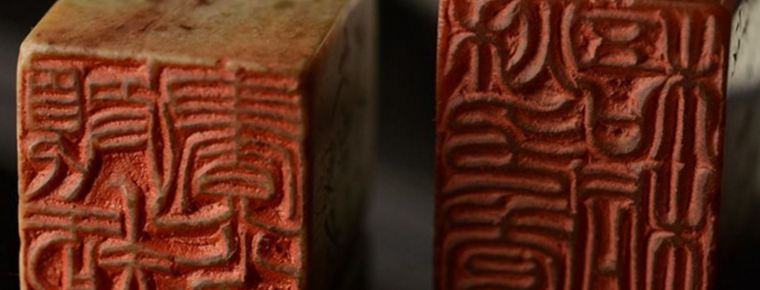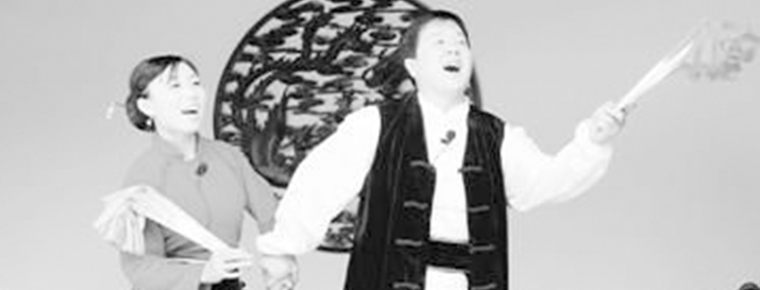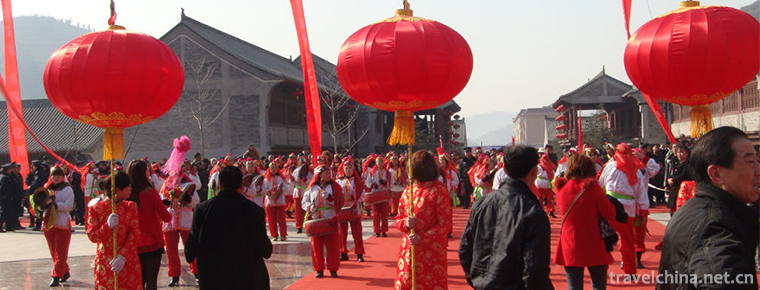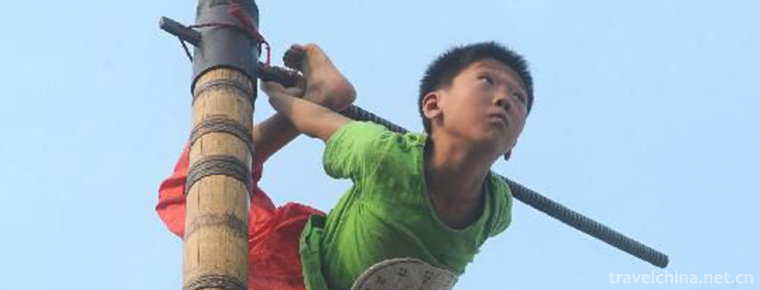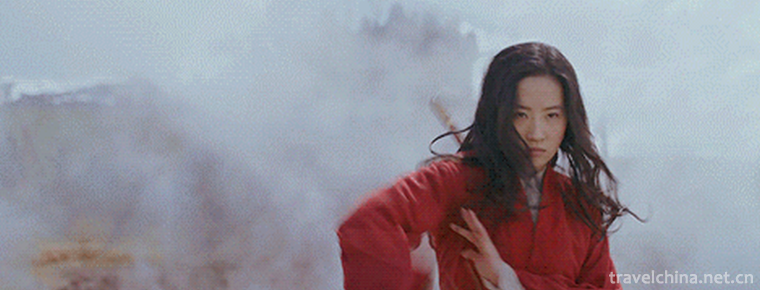The social background of Cheongsam
The social background of Cheongsam
Many scholars and media at that time believed that it was an important reason that women imitated men to wear long gowns in order to seek independence of mind and emancipation of women's rights in the early Republic of China.
Since the Han Dynasty, Chinese Han women gradually only wear "upper garment and lower garment", commonly known as "liangjieyi". Wearing robe has almost become the patent of men. Women wearing "two pieces of clothes" has also become the symbol of feudal ethics' oppression on women. The book of daughters, which is regarded as the evidence of feudal ethics' persecution and discrimination against women, wrote:
"For the sake of mulberry, women do not share the same clothes with their husbands
All things must be humble and obedient, and never cry a hen
During the early period of the Republic of China, due to the influx of western culture and ideas, the country suffered from the invasion of foreign powers and warlords' War. Young people with advanced ideas actively studied the west, especially women's brave pursuit of liberation, which was unprecedented in the history of Chinese feudal society. At that time, social movements such as the May Fourth Movement and the new culture movement, which took young people as the main body, provided a huge impetus for women to seek ideological emancipation and equal rights. Many scholars, when studying the origin of cheongsam, also stood in such a social background at that time, such as Wu Hao's book "Chinese women's clothing and body revolution (1911-1935)". There are also supporters of wessieling.
Ms. Zhang Ailing once wrote in the "changing records": "after the Republic of the five nationalities, the sudden and unanimous adoption of cheongsam by women all over the country is not for the sake of allegiance to the Qing Dynasty and advocating restoration movement, but because women deliberately want to imitate men. However, they are not far away from the ideal of killing women in the West. Therefore, the Qipao in the early days was cold and square, with the Puritan style. Mr. Wang Yuqing also holds this view: "cheongsam, which was popular for women's wear for more than half a century, turned out to be a by-product of the struggle for women's rights and equality among trendy women.".
On the eve of the revolution of 1911, many young women who actively participated in the revolutionary groups also liked to wear long gowns. Zhou Yawei recalled Qiu Jin's dress in 1907 in his memoirs of the Guangfu Society: "at that time, she wore a dark blue lake robe (the same as a man's robe), braided her hair, added dark green braids, put on her feet, and wore black satin boots. She was thirty-two that year. The young members will call her "the young lady.".
The so-called custom of women wearing men's robes for equal rights with men did not end with the victory of the revolution. In 1920, the Republic of China Daily published a letter written by Zhu Rongquan to Mr. Chu Lun, discussing the article "the advantages of women wearing long clothes." the term "long gown" was originally the term for men's robes in Guangdong. It can be seen that women wearing long clothes were not uncommon in Shanghai at that time.
After the victory of the revolution of 1911, women's Liberation had a vigorous development in the mid-1920s. With the development of women's rights movement, the phenomenon of women wearing men's robes became more and more common in China. Newspapers in Beijing read: "today's women have their hair cut off, their feet have been put on, and even their clothes have been wearing long gowns. At first sight, we can't tell whether he is a man or a woman, and the clothes of men and women in the future will inevitably be similar. " Not only in Beijing, "in the TONGHENG avenue of Guangzhou, the women's world in long clothes can be seen everywhere The rich and the poor, the rich and the poor, the rich and the poor, the young in the women's world, are not strong enough if they do not have a long gown. "From this we can see that it has become a fashion for young women to wear men's robes at that time, but there was not much encouragement in the public opinion at that time, but there were many critics. Later, after the victory of the northern expedition, the cheongsam had completely recovered its feminine temperament, and few women in men's robes could be seen again.

-
dalian forest zoo
Dalian Forest Zoo is located in Baiyun Mountain Scenic Area, Dalian, covering an area of 7.2 square kilometers. The zoo is divided into two parts: the first phase of captivity and the second phase of .
Views: 158 Time 2019-01-06 -
Jinshi seal carving
Epigraphic seal carving is an ancient Chinese traditional arts and crafts, which belongs to an important part of Chinese stone culture. As the birthplace of inscription, Xiling Seal Press has been lis.
Views: 298 Time 2019-05-07 -
Leting drum
Music Pavilion Drum is a representative form of traditional music drum book and drum music in northern China. It is widely spread in eastern Hebei, Beijing, Tianjin and northeastern Liaoning, Jilin, H.
Views: 270 Time 2019-05-11 -
Xinyang Folk Songs
Xinyang Folk Song is the traditional folk music of Xinyang City. Xinyang City, known as the hometown of song and dance in Henan Province, has a rich stock of traditional folk music, dance and other tr.
Views: 310 Time 2019-07-06 -
Neutralization Festival
Zhonghe Festival, a traditional Chinese folk festival, is on the second day of February, but the date at that time was on the first day of February. With the evolution of history, it was changed to th.
Views: 378 Time 2019-08-03 -
Zuo Gezhuang Club
Chongxin Village is located in Zuogezhuang, northeast of Wen'an County. Its economic prosperity and people's prosperity have become the material and cultural basis for the preservation and continuatio.
Views: 377 Time 2019-08-16 -
Southwest University of Science and Technology
Southwest University of Science and Technology is located in Mianyang City, Sichuan Province. The school is a university built jointly by the Sichuan Provincial People's Government and the Ministry of.
Views: 210 Time 2019-08-31 -
Hua Mulan Movie
Mulan is produced by Walt Disney Studios. Niki Caro Directing, Liu Yifei , Donnie Yen , Gong Li , Jet Li A live action movie starring. The file was released in North America in March 27, 2020. .
Views: 170 Time 2019-09-04 -
Beijing Police College
Beijing Police College is a full-time general undergraduate college approved by the Ministry of Education, sponsored by the Beijing Municipal People's Government, administered by the Beijing Public Se.
Views: 113 Time 2019-09-06 -
Anhui Science And Technology University
Anhui Science and Technology University is located Anhui Province Chuzhou City Fengyang County and Bengbu City By the state Ministry of Education Approved full-time full-time undergraduate universitie.
Views: 187 Time 2019-10-10 -
Yibin Jiuzhou tower
Jiuzhou tower was built in the third year of Daguan in Northern Song Dynasty, that is, in 1109 ad, located in Yibin, Sichuan Province. The foot of the tower is 7.35 meters long from north to south.
Views: 318 Time 2020-10-16 -
Wenchuan earthquake epicenter site
The earthquake site, located in Yingxiu Town, Wenchuan, Sichuan Province, is open all day..
Views: 135 Time 2020-11-07

